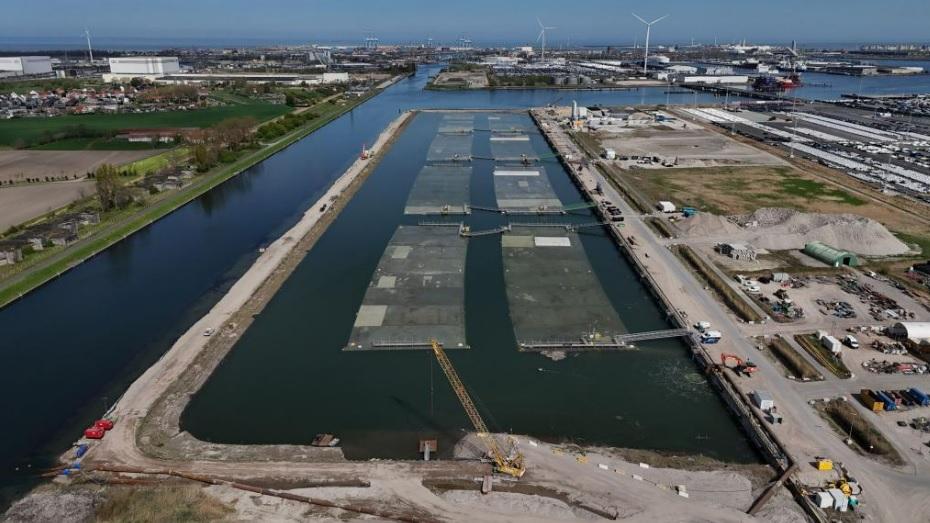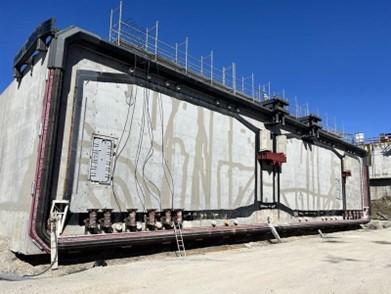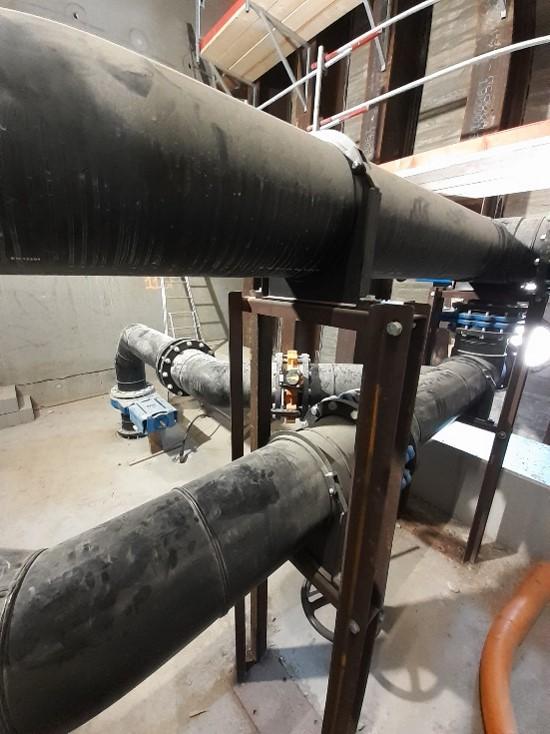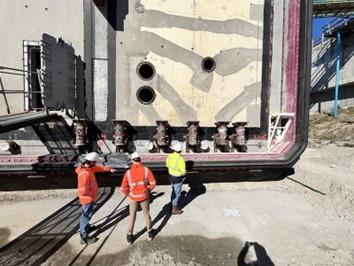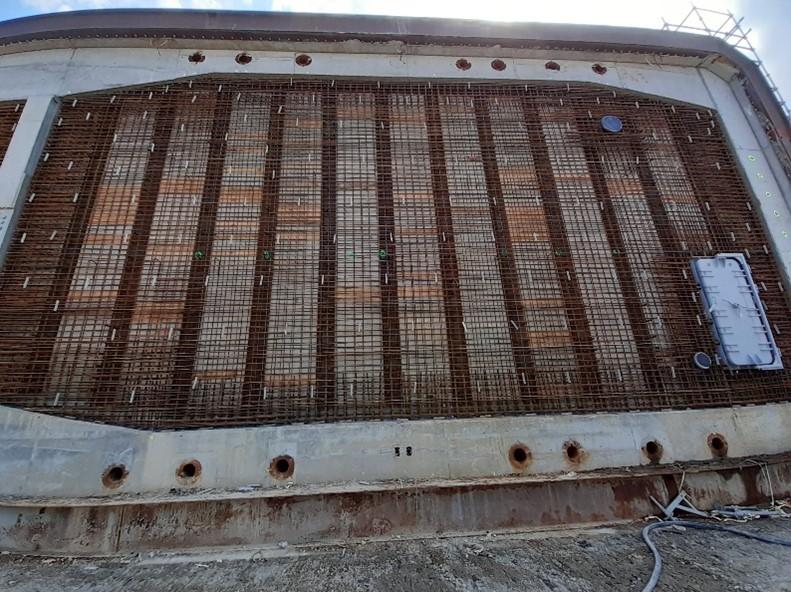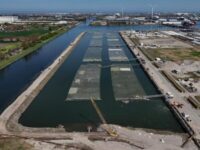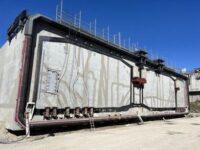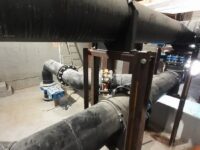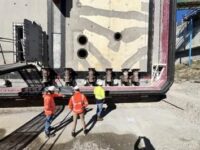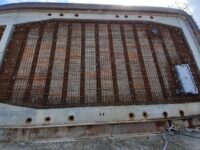Project description
The Scheldt Tunnel is a key component of the Oosterweel Link in Antwerp, serving as the vital connection between the left and right banks of the River Scheldt. The tunnel consists of eight elements, each approximately 160 meters long, constructed in Zeebrugge. Once completed, these elements are transported by water to the Scheldt in Antwerp, where they are immersed and installed.
The project is being carried out by THV COTU, a consortium of several major contractors. Within this context, MH Poly serves as an engineering partner for the OTAO team (OTAO stands for floating, transport, immersion, and ballasting of the tunnel elements).
About MH Poly and this project
MH Poly’s contribution to this project is characterized by our broad expertise, allowing us to bridge the gap between design, modelling, and practical implementation. Thanks to our multidisciplinary approach—combining hydraulic engineering and industrial design—we were able to develop technical solutions for a wide range of challenges.
What makes this project special for us is the long-term collaboration within the immersion team, in which we actively contributed to both design decisions and construction-related issues. The project allowed us to apply our in-depth knowledge of immersed tunnels on a broad scale.
Project activities
MH Poly is involved in this project with a specific focus on the immersion scope: the floating, transport, immersion, and ballasting of the tunnel elements. Drawing on our expertise in both hydraulic and industrial engineering, we provided engineering support for numerous components. These include access shafts, primary and secondary bearings, GINA protection, and many other elements (see scope below).
Our work included structural calculations for both steel and concrete components, including reinforcement and welding details. These calculations were translated into drawings used by various suppliers for production, as well as for on-site construction activities.
We also developed several P&IDs—Piping & Instrumentation Diagrams—for systems such as ballast water, sand flow and leakage water. These diagrams served as the basis for both the design and realization of the corresponding installations.
In addition to calculations and modelling, MH Poly handled the complete BIM integration of the immersion components. We modelled all components in coordination with the tunnel design and took care of clash management and parameter control. This work was carried out during all project phases: from concept design (SO) and preliminary design (VO) to detailed design (DO) and execution design (UO). For this, we used Autodesk Revit and BIM 360 to ensure smooth collaboration with other project partners.
As part of the immersion team within COTU, we worked closely with various disciplines and were regularly present on-site in Antwerp. During the construction phase, we played an active role in site engineering, developing solutions for challenges that arose during execution.
Our involvement in this project spanned five years. The immersion of the tunnel elements in 2025 marks a major milestone.
Project Scope
- Anode protection
- Bulkheads
- Roof penetrations
- Access shaft
- Short access shaft
- Tugboat frame
- Generator frame
- GINA protection
- Primary bearings
- Secondary bearings
- Water ballast system
- Ballasting (underflow)
- Tail section & locking system
- Fenders
- P&ID development
- BIM management
- Site engineering support
- Work preparation support



